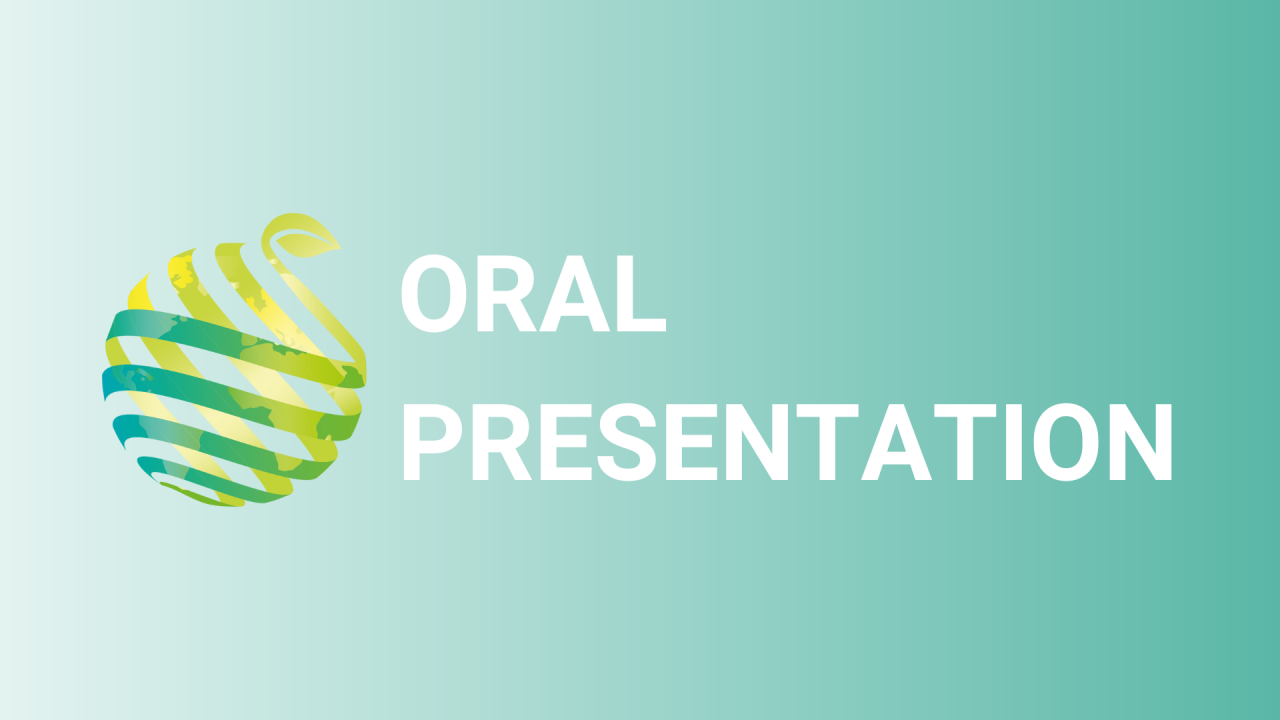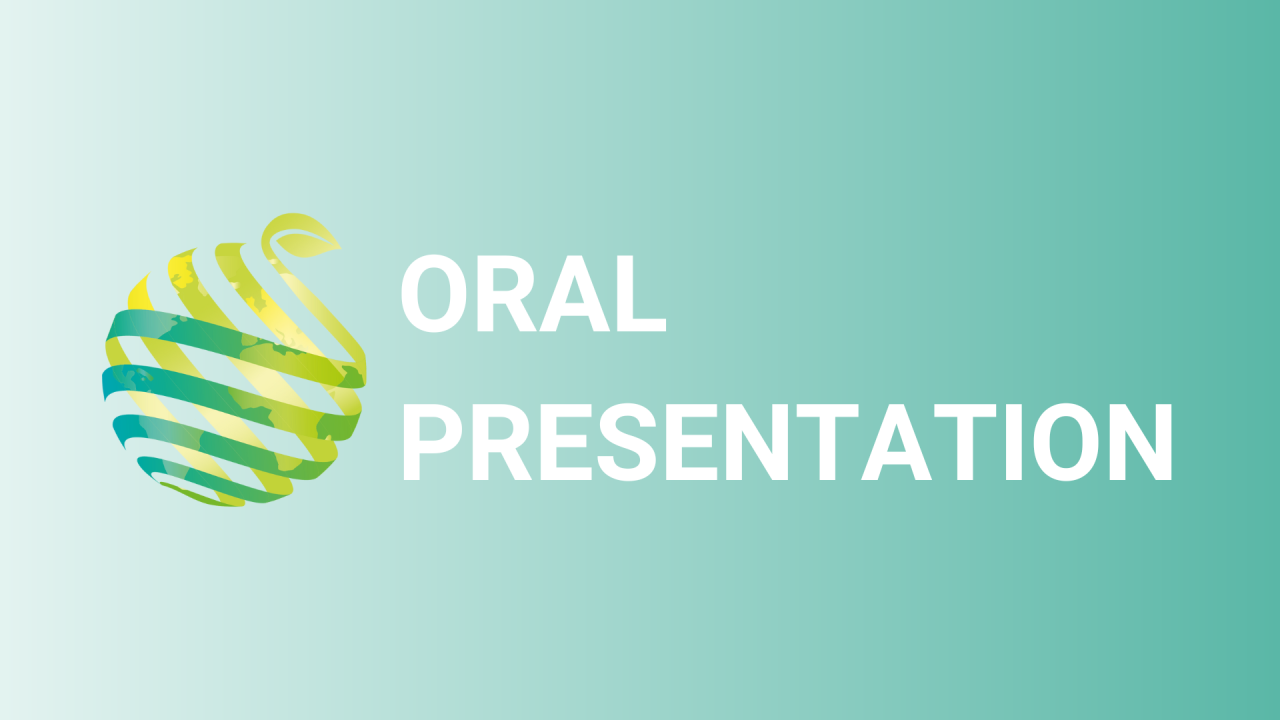

S01 - Session O3 - A novel source of food - garden rose petals
Information
Authors: Mirjana Vukosavljev *, Igor Stranjanac, Bas van Dongen , Roeland Vorrips, Mirjana Miric, Biljana Bozanic Tanjga, Paul Arens, Rene Smulders
Even though rose is the most widely grown ornamental, the garden rose market in Western Europe has been declining for over 30 years. In the past, roses were valued for their aesthetic characteristics, while petals and hips were considered waste. At the same time as a need for added value in garden rose production has arisen, trends for healthy nutrition and a need for new food sources became imperative. Rose petal compounds quickly turned out to be a source for new product market combinations. Three aspects of rose petals were considered: biochemical (amount of vitamin C, antioxidants, sugar and organic acids), consumers' perception (taste and texture), and economical (influence of morphological traits on production and yield). Biochemical analysis revealed that rose petals contain high amounts of vitamin C and antioxidants, which indicates the potential value of roses as food. Additionally, the ratio between organic acids and sugars was positively correlated with taste perception and could be used as a marker for selection of edible roses. The aim of the study was to test the effectiveness of a genome-wide association study (GWAS) for mapping QTLs related to biochemical compounds and morphological traits related to petal production. A set of 192 tetraploid cultivars/accessions was genotyped using the WagRhSNP Axiom SNP Array. PCA and Ward's clustering of genetic similarities indicated the presence of two main groups of cultivars/accessions. GWAS was performed by a linear mixed model approach, taking into consideration different corrections for population structure. All models detected QTLs for citric acid, antioxidant capacity and yield.